AMD's Advantage Comes to Desktops, With New Perf-Boosting Features
Last week, AMD firehosed a bunch of press with details on its upcoming RDNA 3 architecture, Radeon RX 7900 series graphics cards, and FidelityFX Super Resolution and ISV relations. AMD's Frank Azor also spent some time talking about new additions to Radeon Software and the AMD Advantage platform benefits, for companies willing to partner with AMD to create all-AMD desktops. We'll start with that last bit, as it seems the most interesting.
AMD has been working with OEMs for a couple of years now with its AMD Advantage laptops. The idea is pretty straightforward: Any laptop that uses a Ryzen CPU (5000-series or later) and a Radeon RX 6000-series graphics card (RDNA 2) can potentially become an AMD Advantage system. Now with Zen 4 (Ryzen 7000-series) and RDNA 3 (Radeon 7000-series), AMD will extend the program to desktops. We'll focus on the desktop side, as that's what's new.
The primary requirements for a system integrator to ship an AMD Advantage desktop are that it needs to have a Ryzen 9 7000-series CPU (a 7950X or 7900X), an AM5 X670E motherboard and a Radeon RX 7900-class GPU. Those are current requirements, of course, and we could see the program extended down to Ryzen 5 and 7 processors as well as B650 and future Radeon 7000 GPUs at some point. But the benefits seem to be mostly going after gaming enthusiasts, so there is at least some sense in going for the top-performing solutions.
Besides the CPU, GPU, and motherboard, AMD also has requirements for the rest of the PC. The case needs to be a premium offering with tool-free entry; the CPU needs liquid cooling; a 2TB or larger NVMe SSD is required; and the system needs at least 32GB of DDR5 memory that supports AMD's EXPO memory profiles. In the coming weeks and months, any gamer could potentially go out and buy hardware that meets all of those requirements, but that still won't result in an official AMD Advantage desktop.
The program is mostly to the benefit of AMD's system integrator partners and people that purchase pre-built PCs from such vendors. AMD emphasized that there's no cost for the program, but that it does involve close collaboration — AMD has people that work directly with the system builders to ensure everything meets certain quality standards and that users will get the best experience possible.
For now, the list of partners for AMD Advantage desktops is relatively short: CSL, CyberPowerPC, eBuyer, Falcon Northwest, Maingear, Origin PC, and Xidax are the seven SIs that will offer pre-built systems with the AMD Advantage badge of honor. We'll likely see additional companies join that list in the coming months, though it's interesting that there aren't any major OEMs like Acer, Dell, HP, or Lenovo yet.

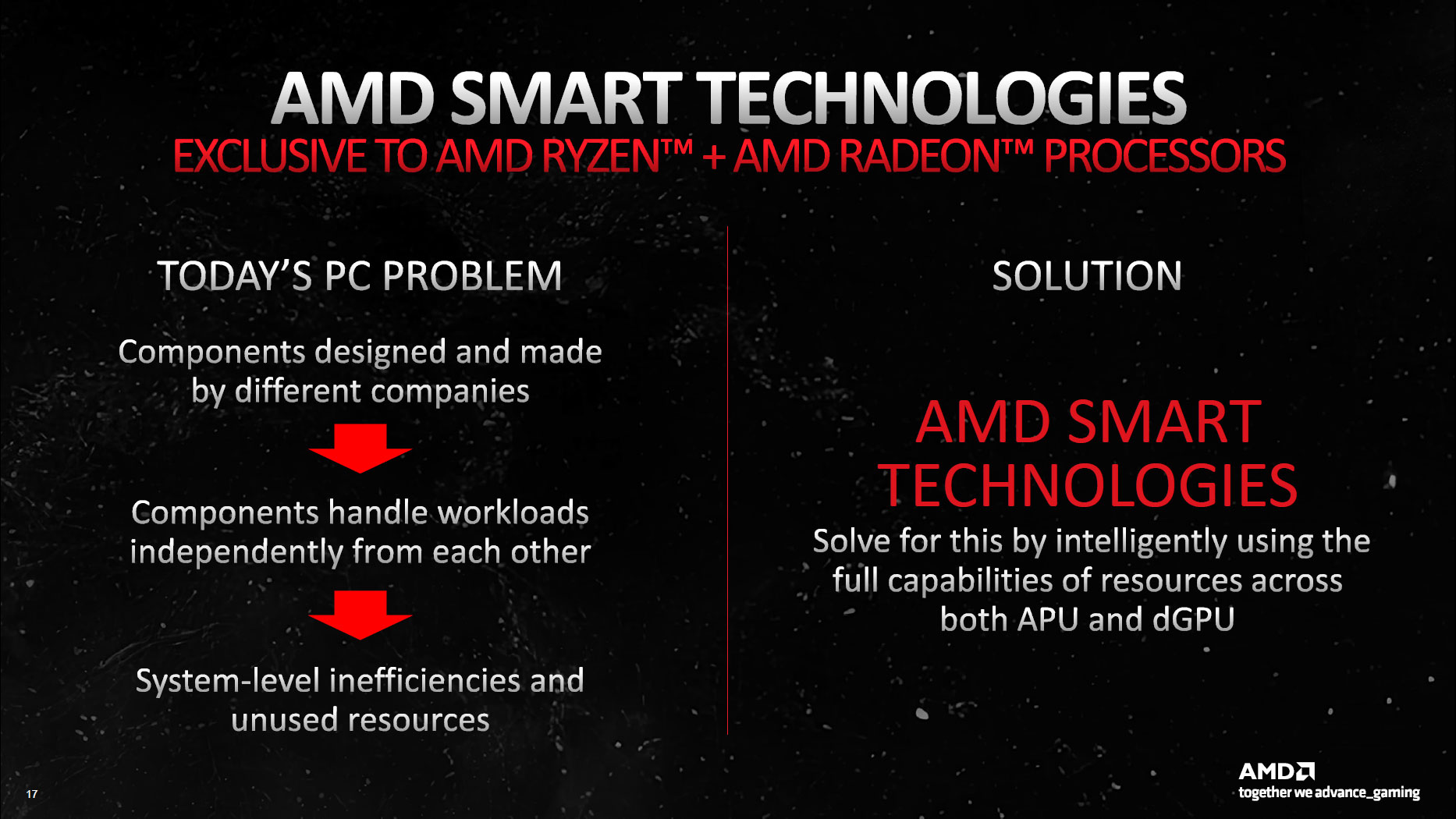
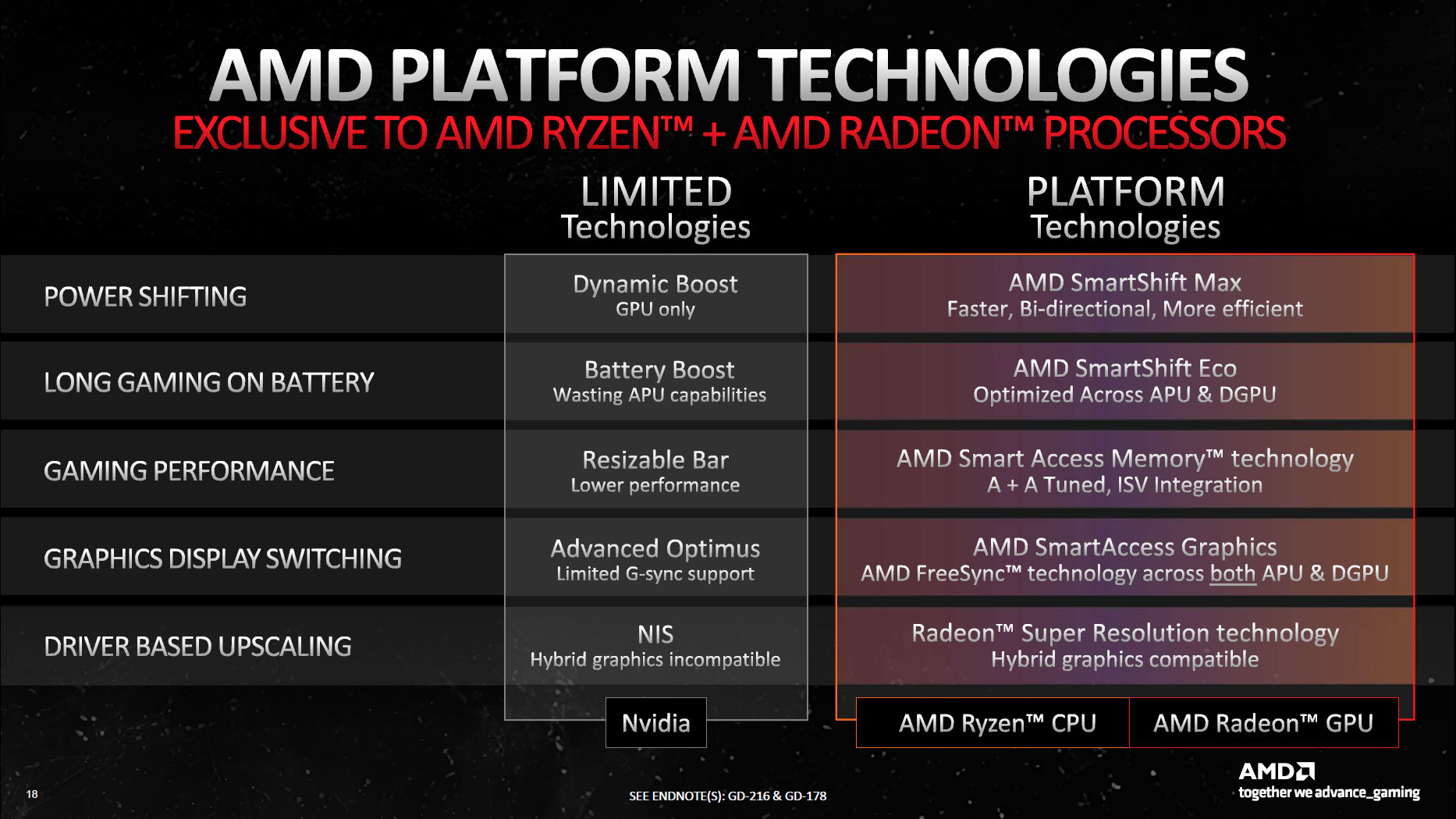
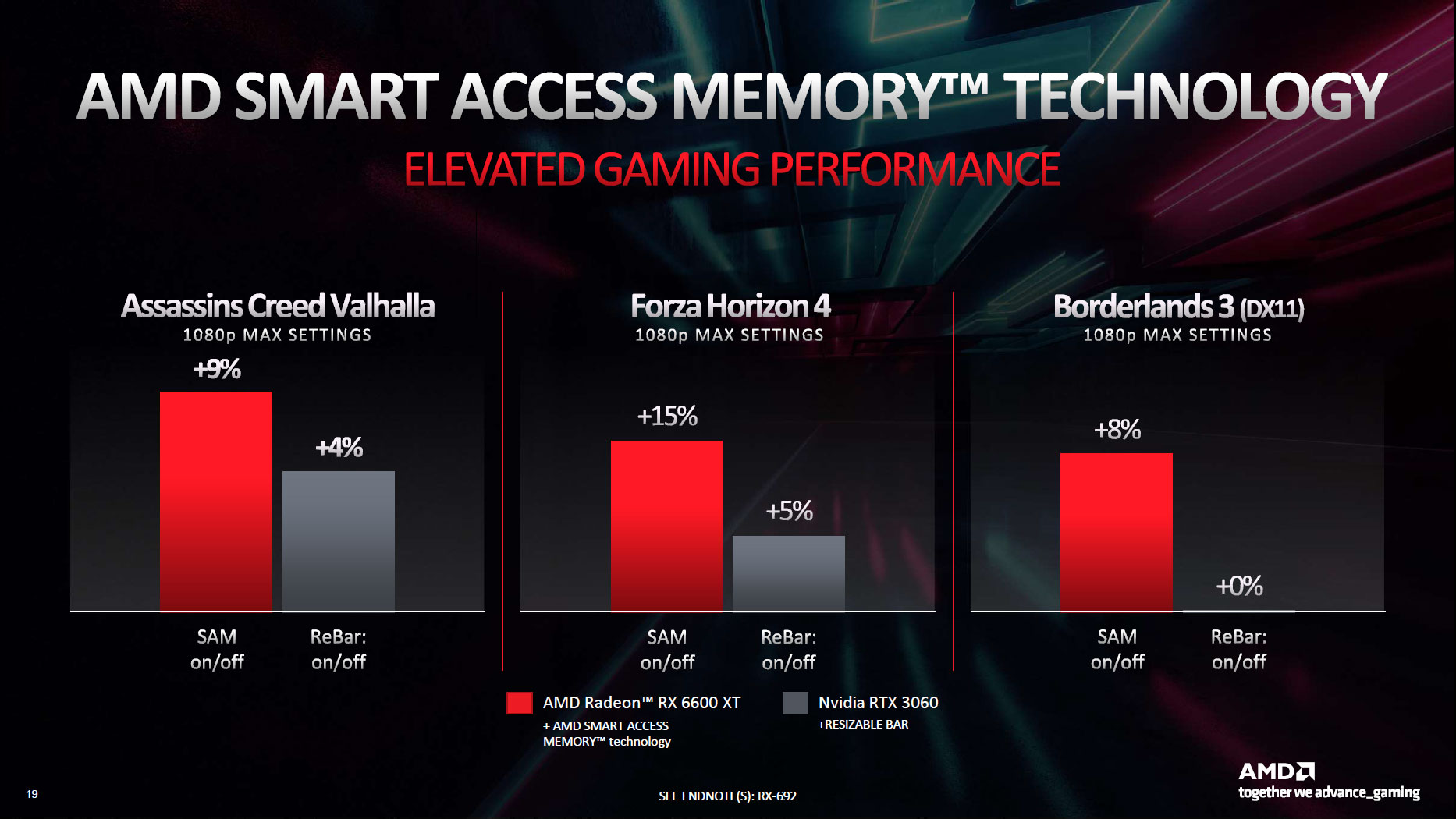
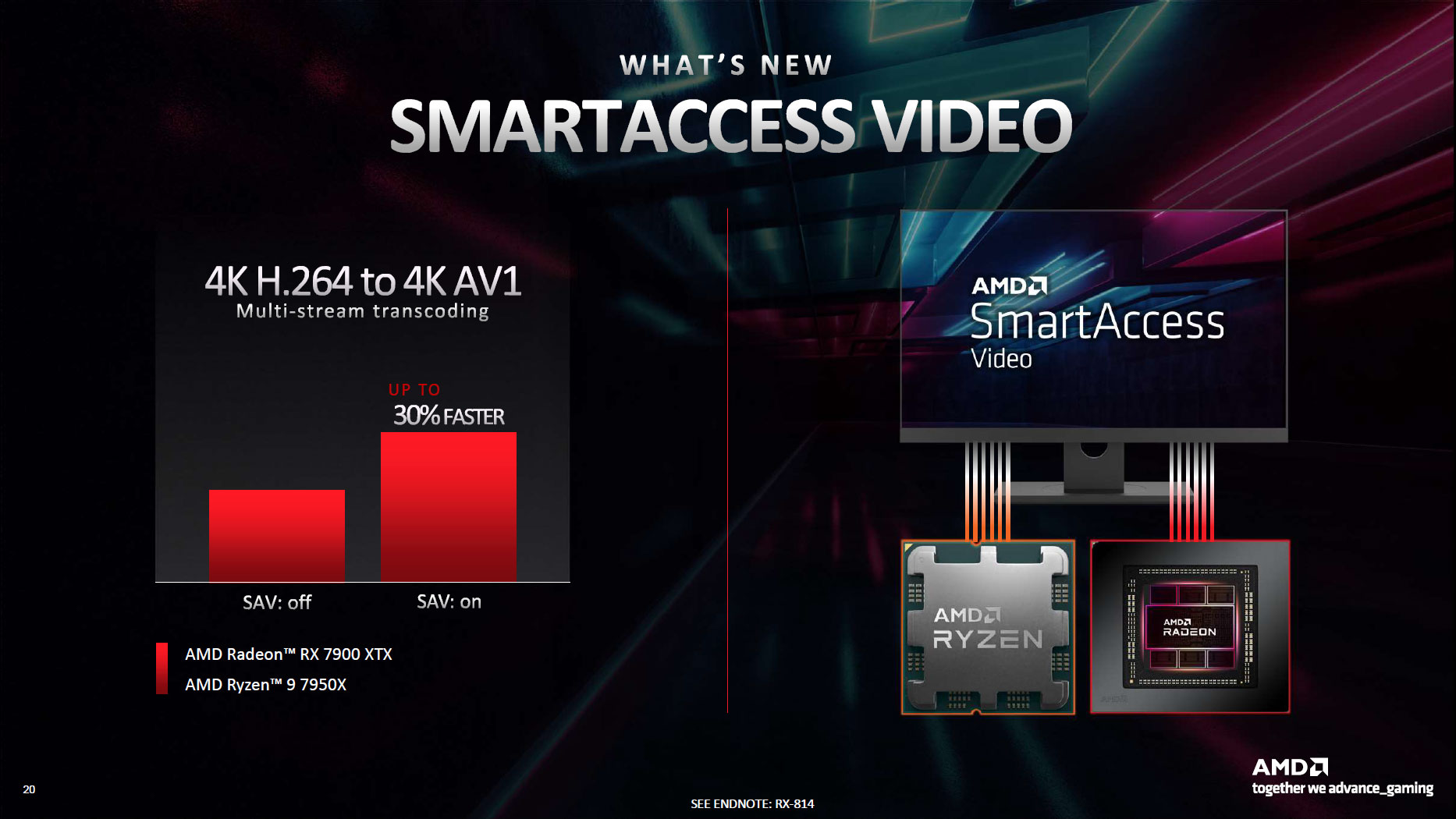
One of the motivations behind AMD Advantage is to get more pre-built systems into consumer hands that fully support all of AMD's best technologies. That includes Smart Access Memory (SAM), and for laptops features like SmartShift and SmartAccess Graphics.
AMD was keen to point out that, while its GPUs also benefit from turning on Resizable BAR (ReBAR) on Intel platforms that support the feature, the gains with SAM are generally higher due to the tighter integration between the drivers and platform that AMD is able to leverage.
New to the "Smart" family of technologies is SmartAccess Video, which can leverage both integrated graphics and discrete RDNA 3 GPUs to boost encoding performance. That's because the new Ryzen 7000-series CPUs include basic integrated graphics (only two Compute Units), but they still have a full RDNA 2 video engine that can help with decoding and encoding tasks.
With the appropriate hardware, AMD says Smart Access Video (SAV) can improve transcoding performance by 30%. We're not sure if the quality of the video hardware on Ryzen CPUs matches that of the new RDNA 3 GPUs, however, so this is something we'll have to see about testing in the future.
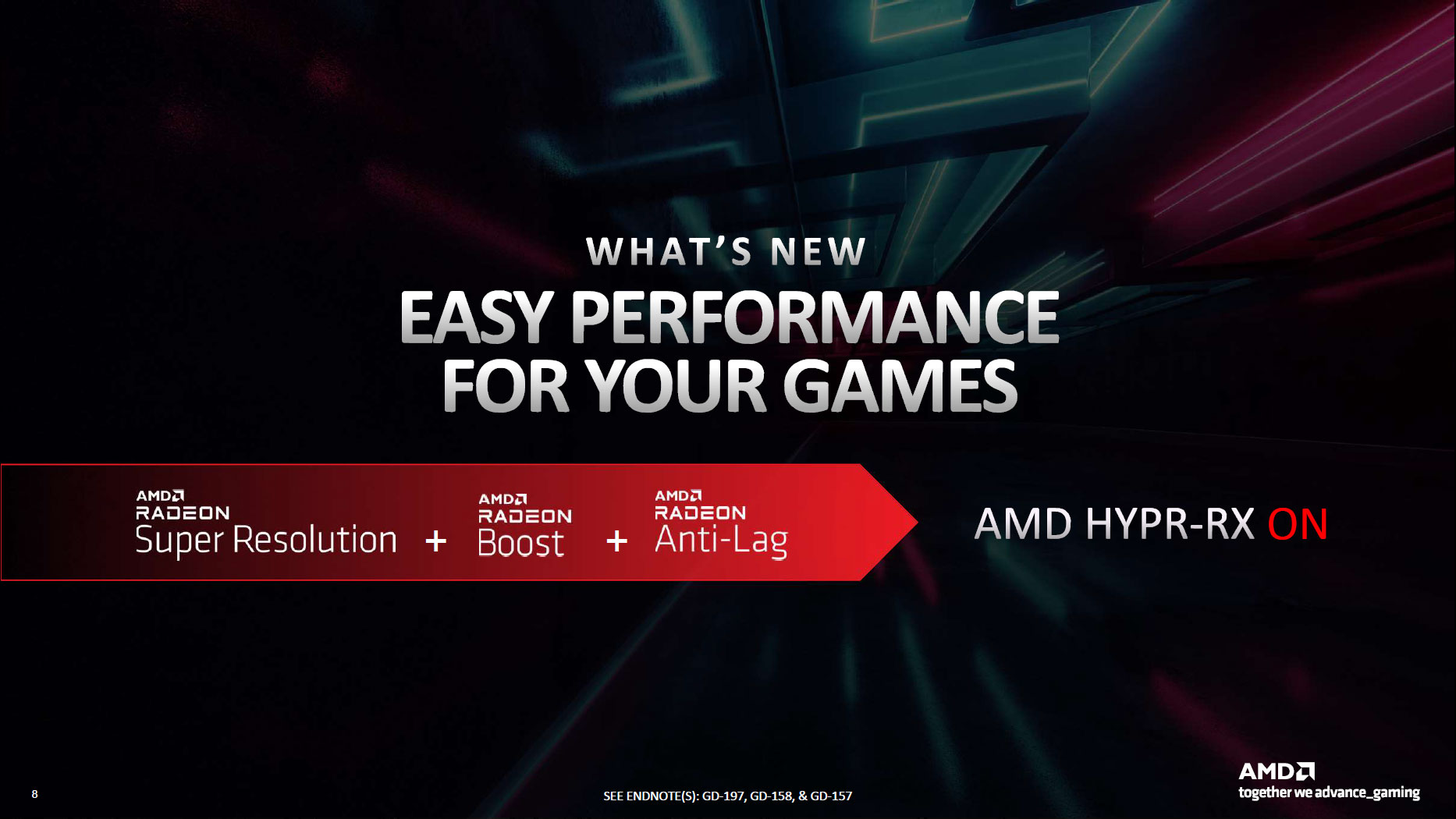
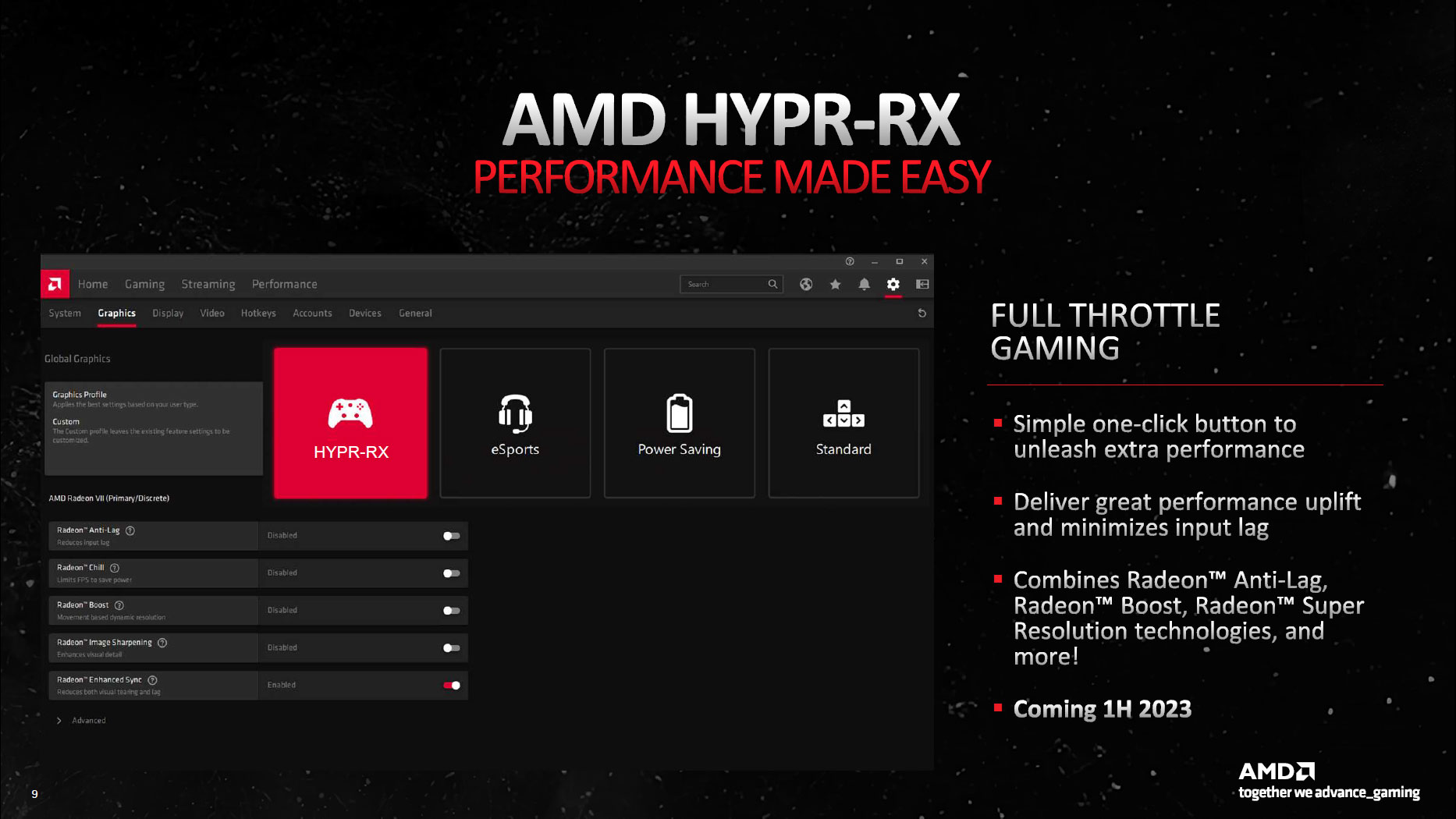
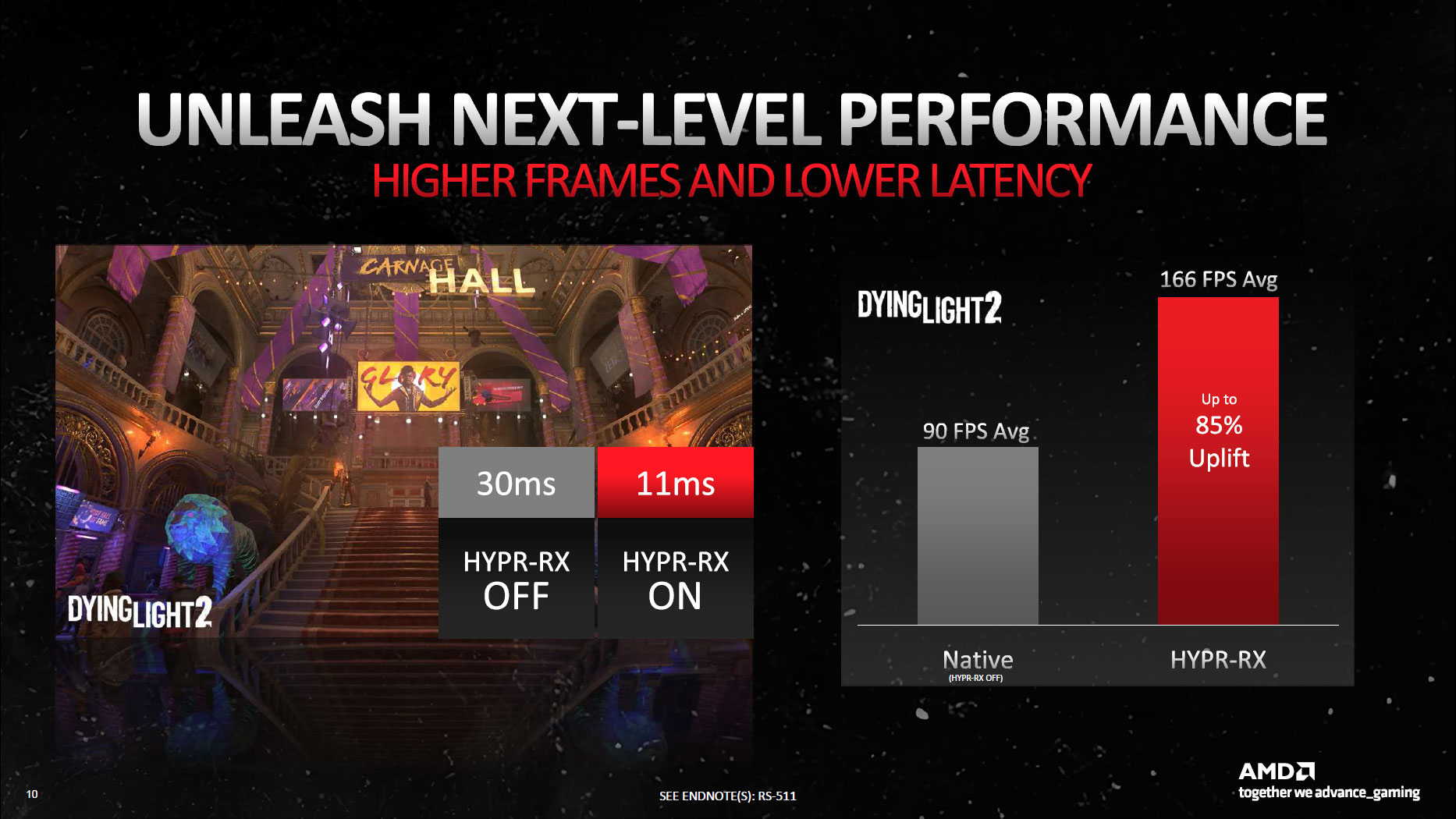
Finally, Radeon Software Adrenalin Edition will get a new Hypr-RX feature in the first half of 2023. Hypr-RX is a one-click solution to optimize game settings and performance to reduce the complexity of PC gaming.
With Hypr-RX, supported games will automatically enable the 'best' additional features that Radeon Software offers, including Anti-Lag, Radeon Boost, Radeon Super Resolution, and more. Just to quickly cover those, Anti-Lag focuses on optimizing system latency, similar to Nvidia's Reflex technology. Radeon Boost is a bit different, as it uses dynamic resolution scaling to increase framerates at appropriate times (eg, while turning, the resolution can drop because players are less likely to notice the loss in visual fidelity while at the same time appreciating the responsiveness. Finally, Radeon Super Resolution uses the same core algorithm as FSR 1.0 (spatial upscaling) and applies it at a driver level to virtually any game.
You can of course enable or disable these features on supported games already, but that might take three or four clicks. Hypr-RX does it with one. AMD provided an example with Dying Light 2, where Hypr-RX dropped latency from 30ms to 11ms and increased performance from 90 fps to 166 fps — but of course, that's probably a best-case scenario, and we weren't able to actually see a live demonstration to look at whether the changes caused a loss in visual quality.
AMD's Frank Azor also talked about streaming, AMD noise suppression, and some other software features. You can see the details in the full slide deck below if you're interested in those details.
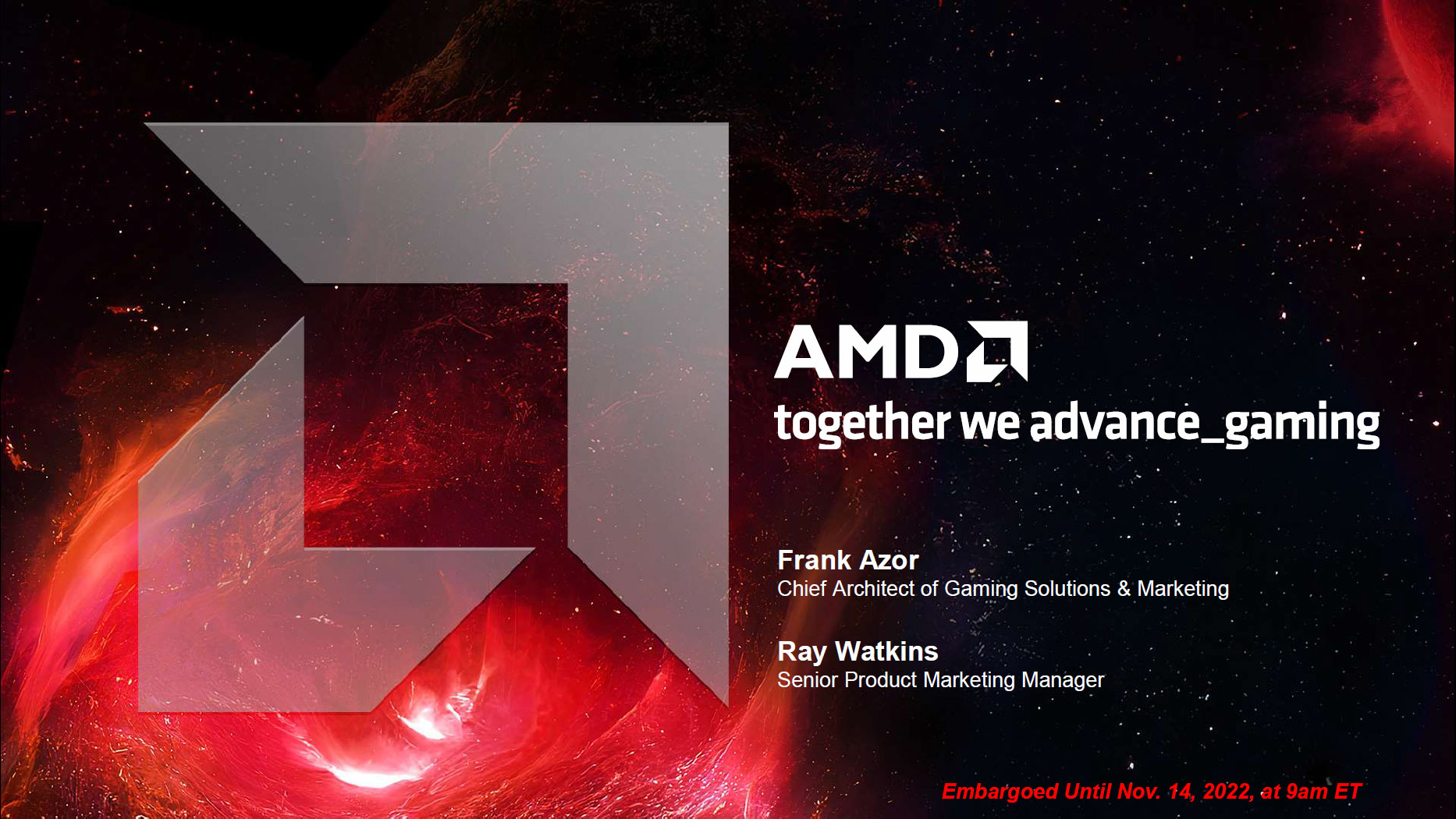


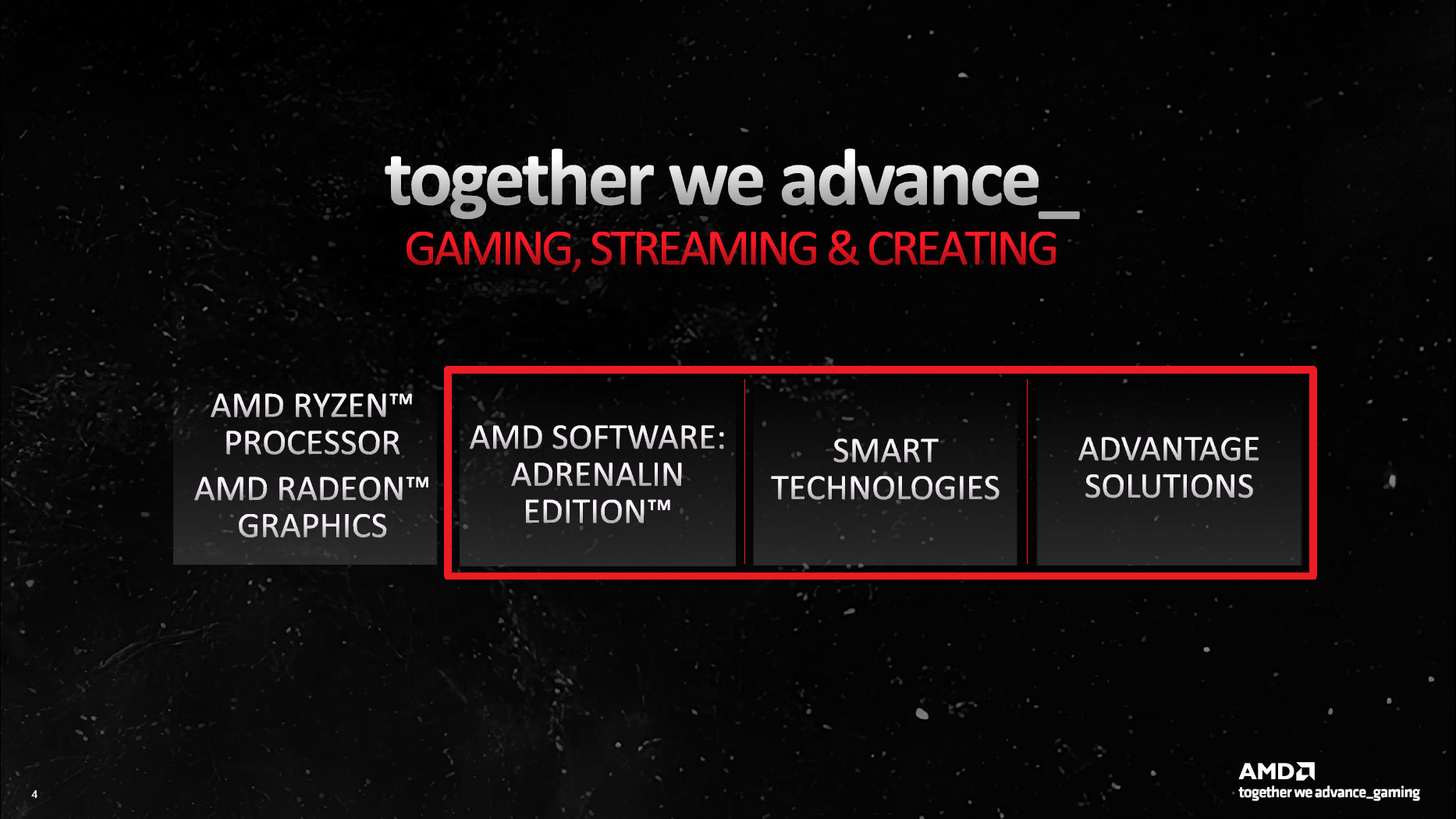
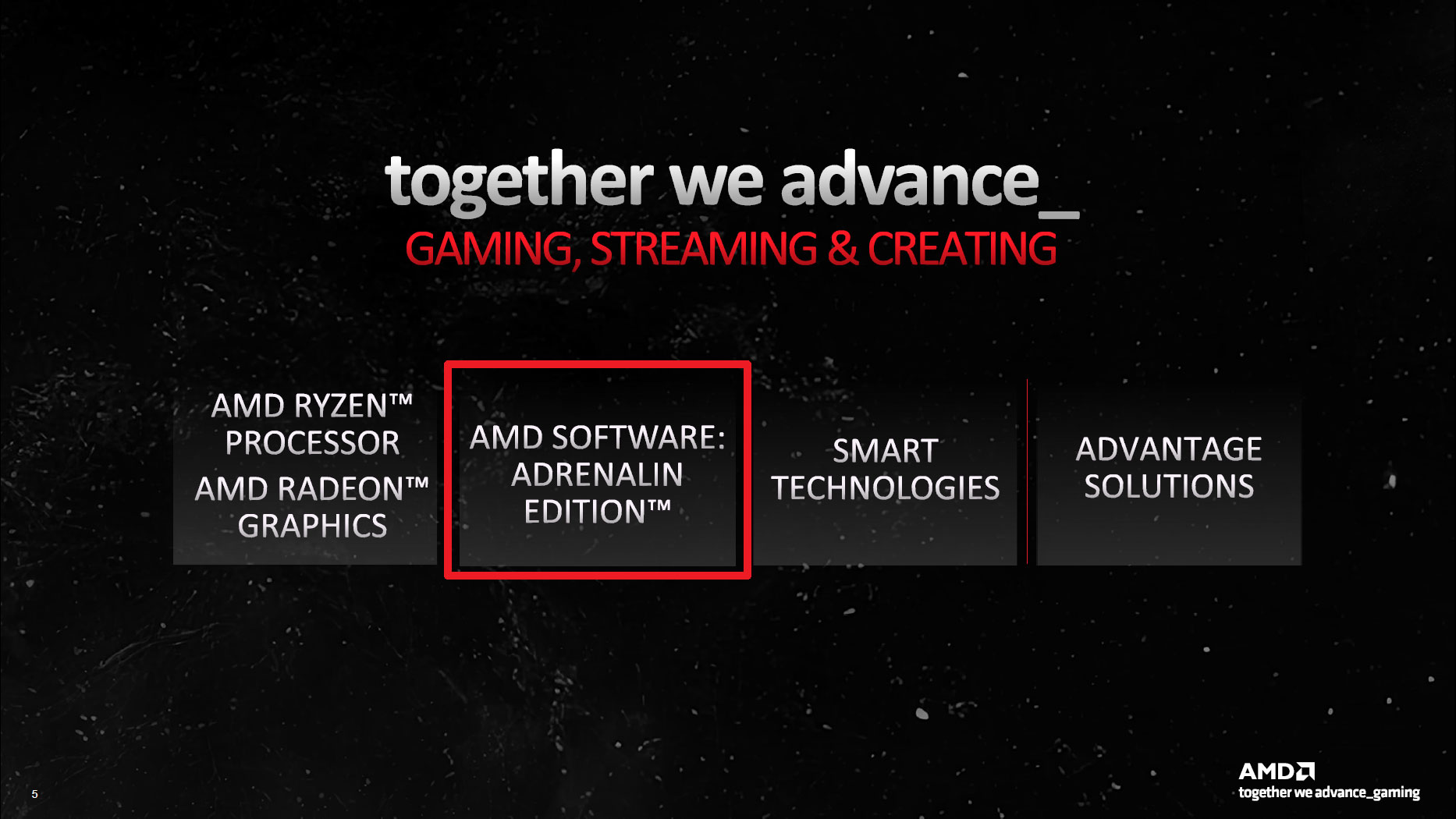
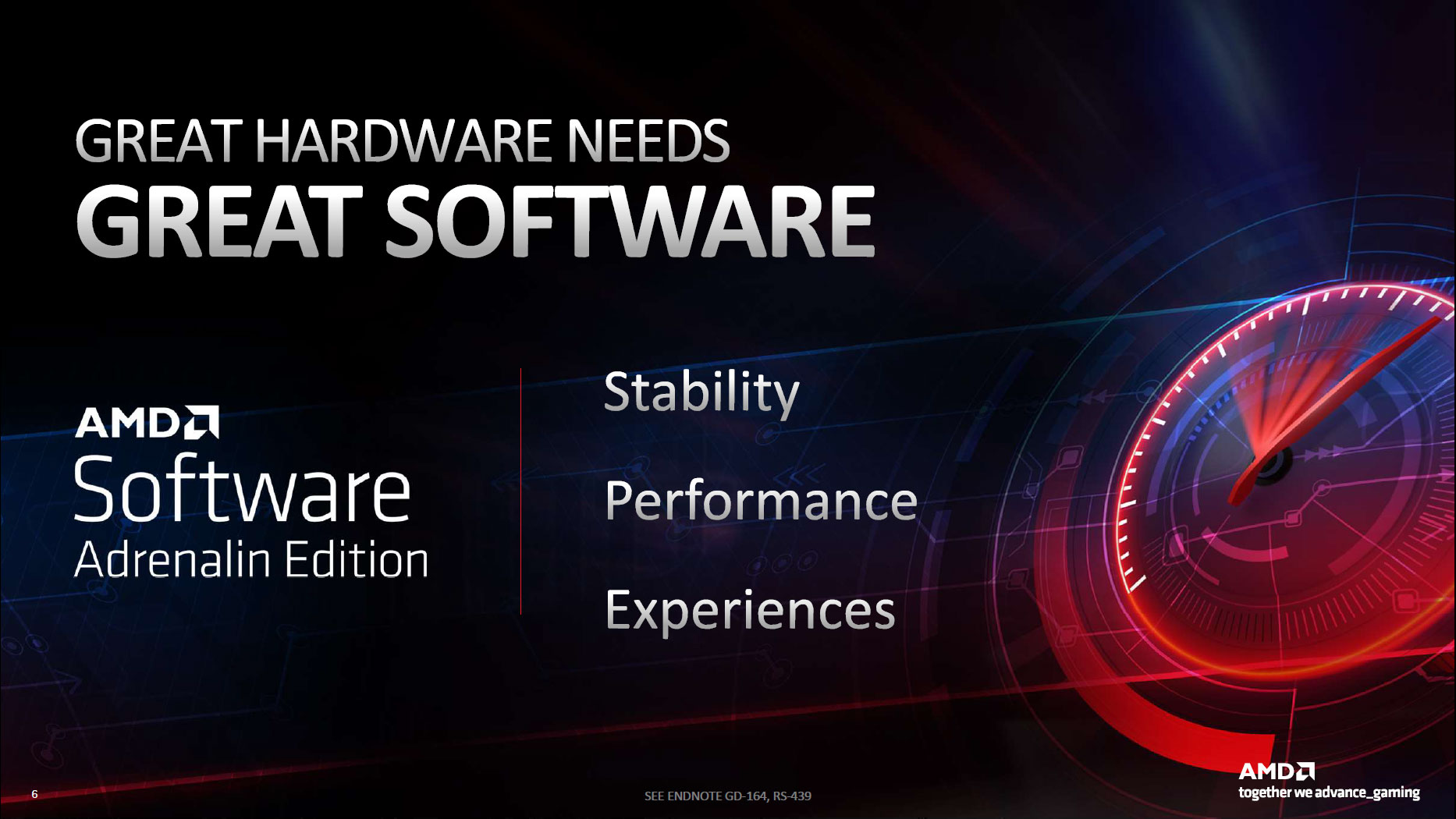




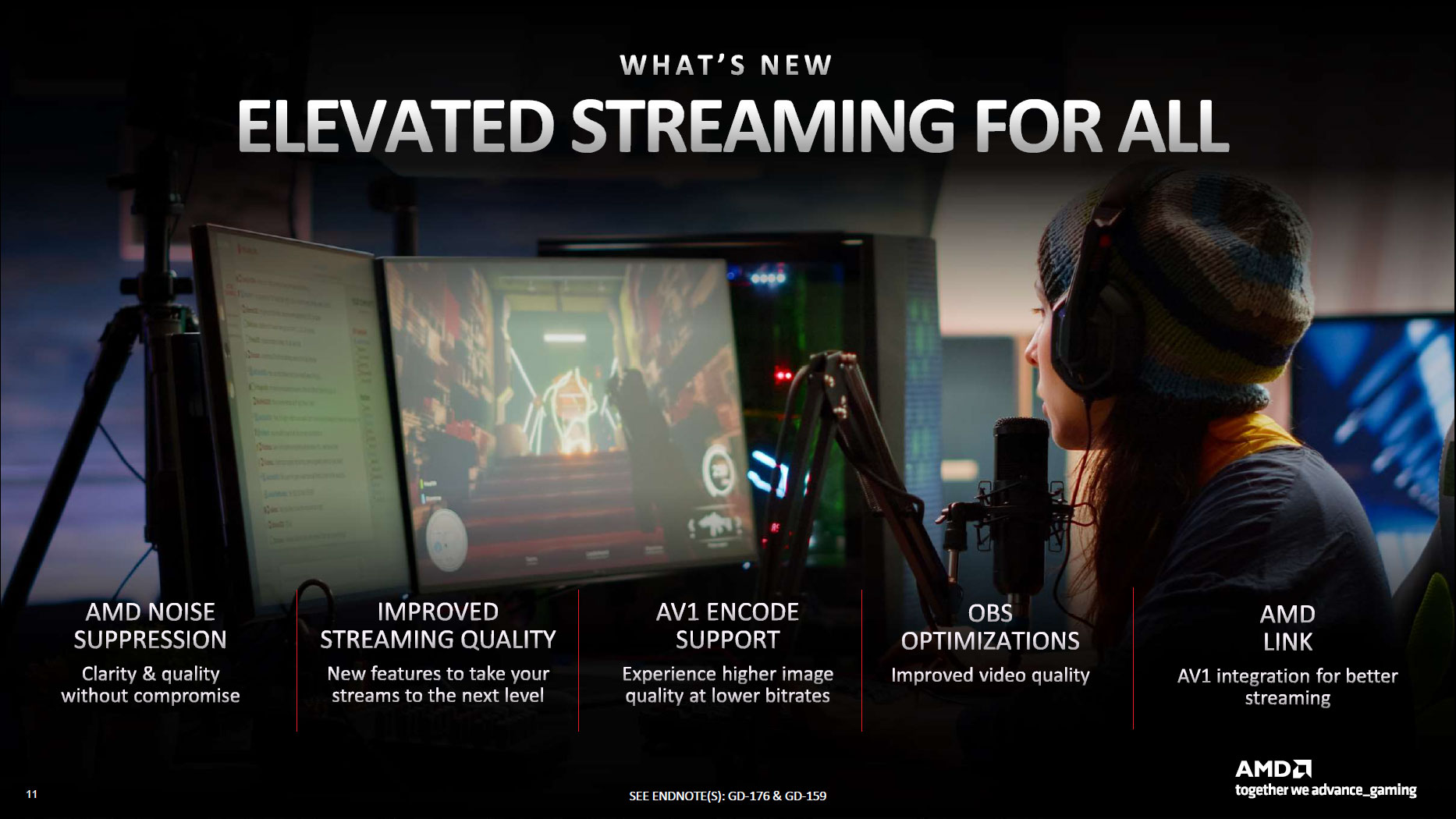
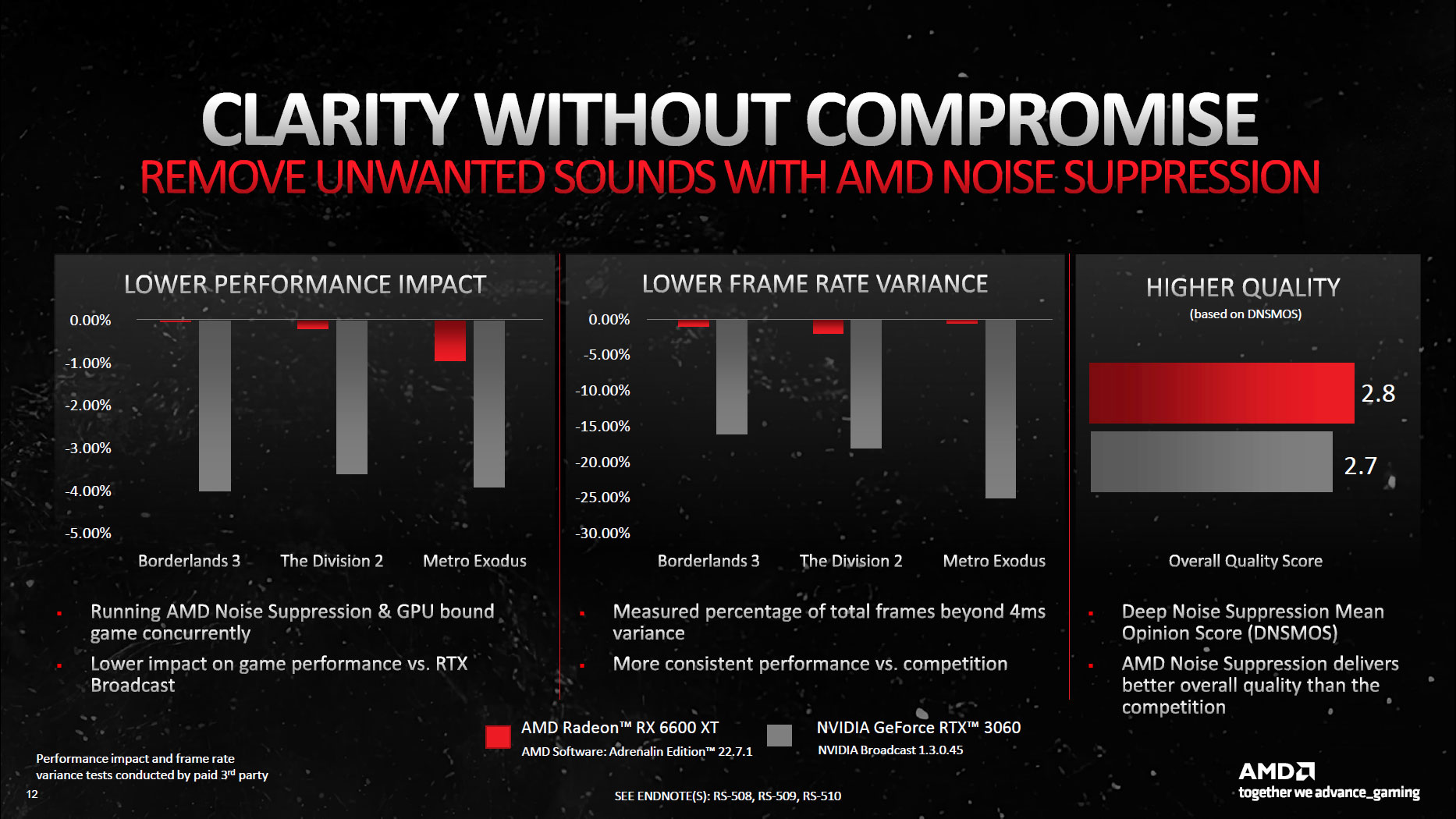

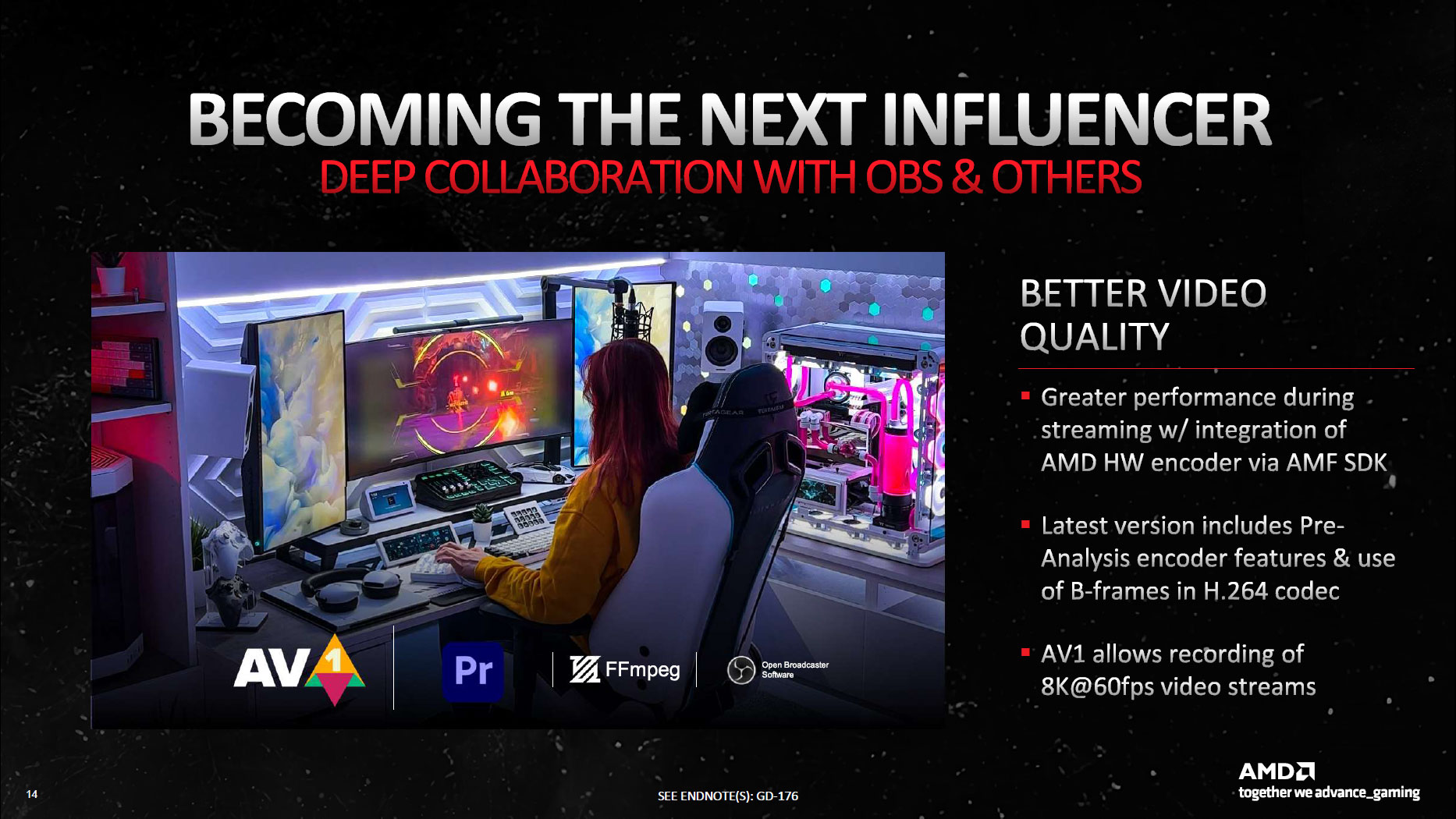






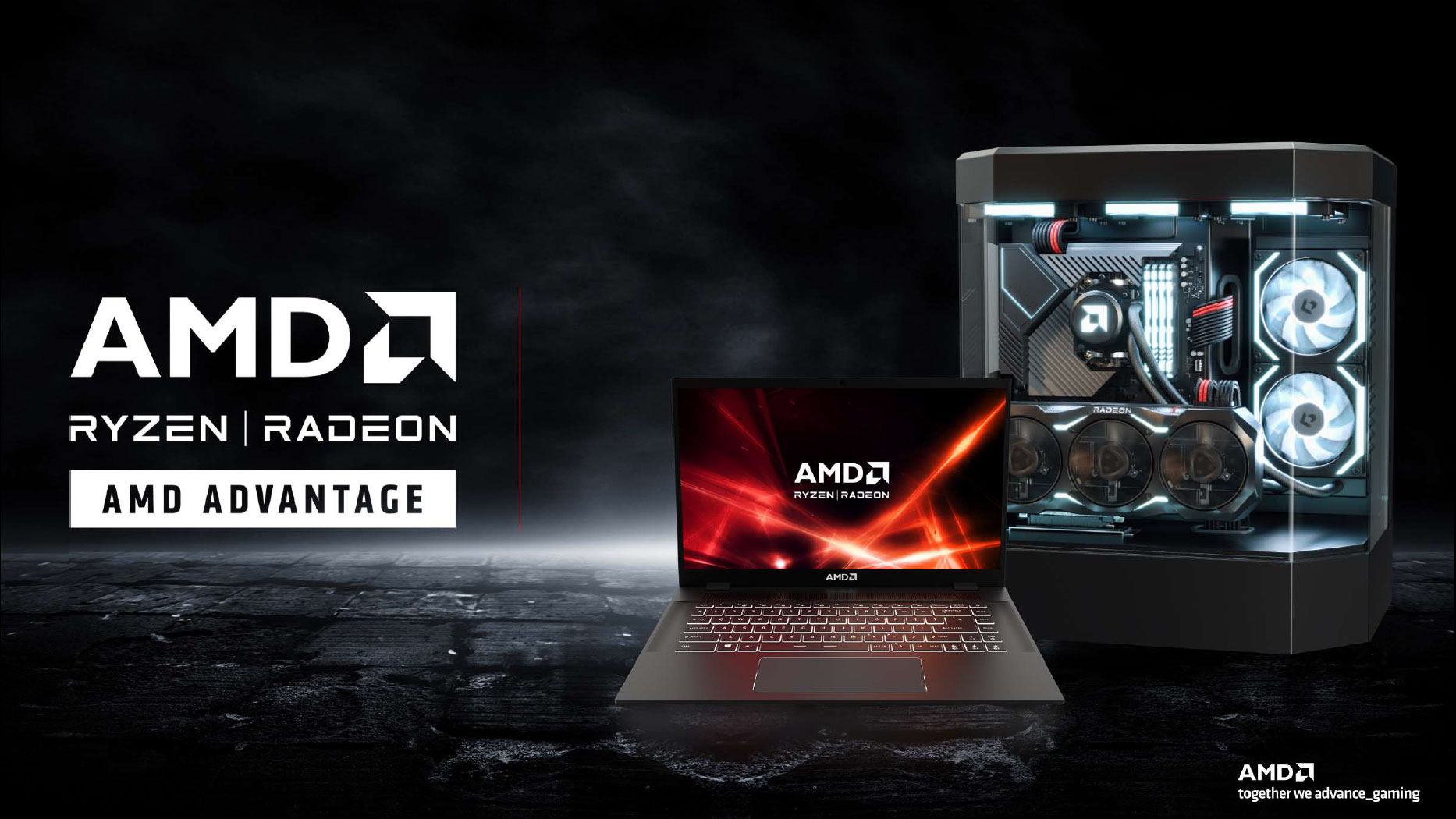
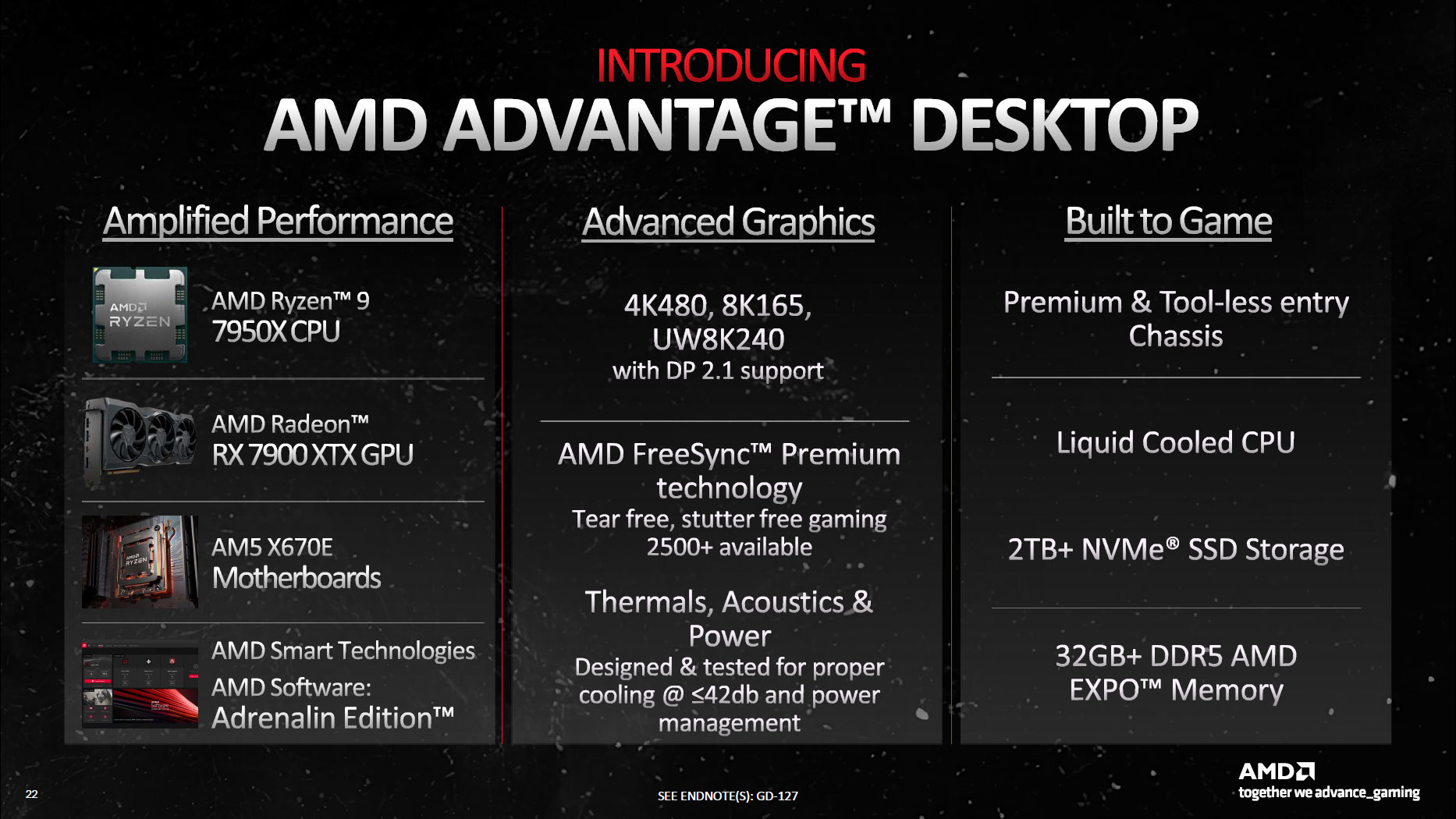


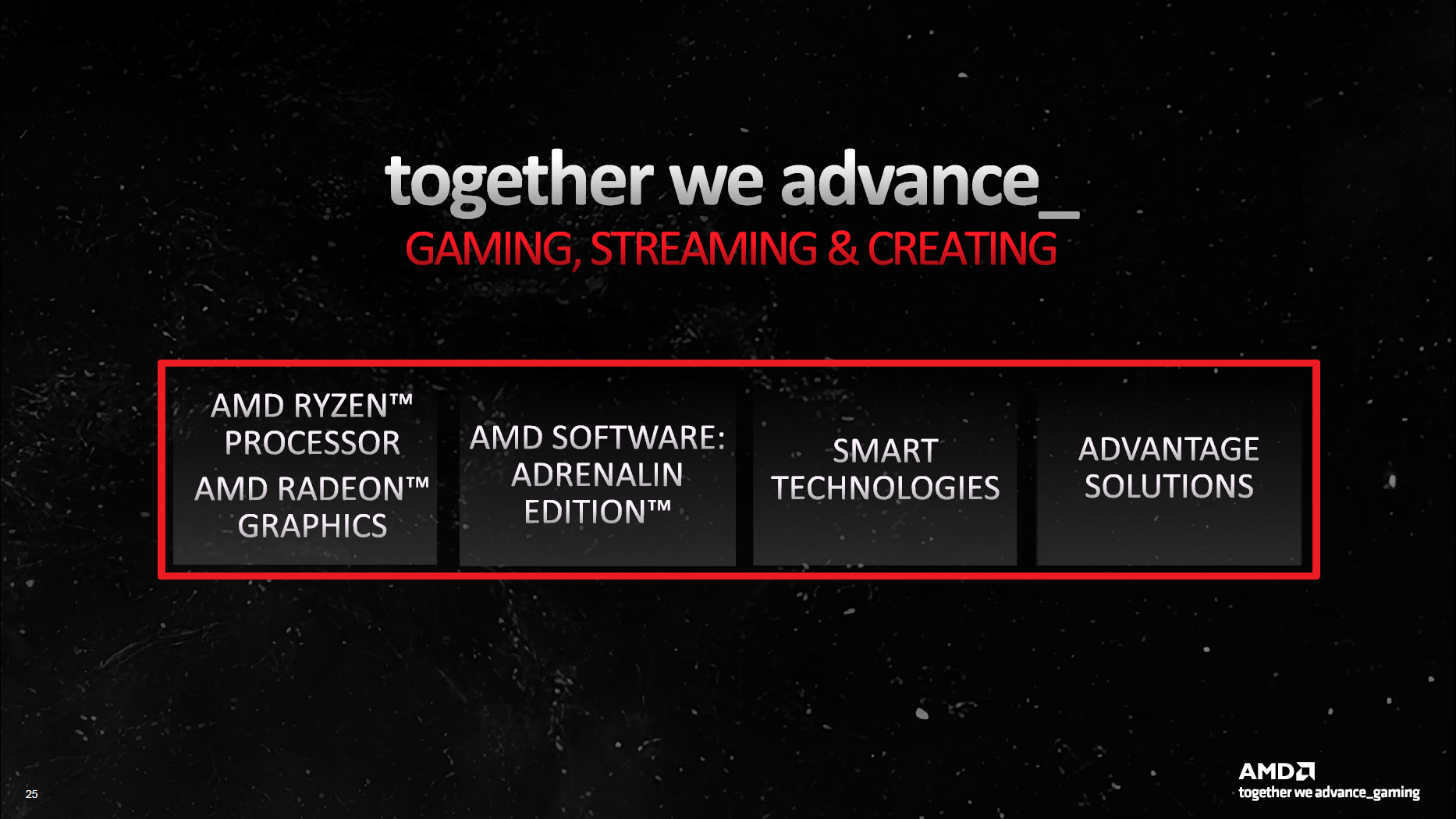




- MORE: Best Graphics Cards
- MORE: GPU Benchmarks and Hierarchy
- MORE: All Graphics Content
Get Tom's Hardware's best news and in-depth reviews, straight to your inbox.

Jarred Walton is a senior editor at Tom's Hardware focusing on everything GPU. He has been working as a tech journalist since 2004, writing for AnandTech, Maximum PC, and PC Gamer. From the first S3 Virge '3D decelerators' to today's GPUs, Jarred keeps up with all the latest graphics trends and is the one to ask about game performance.
-
-Fran- There's a lot of marketing lingo in those slides that annoys me. Particularly how they still push "SAM" as being an AMD exclusive thing when it's just ReBAR with AMD's branding. If nVidia doesn't benefit as much, it's because they use a different approach to their memory management and not because AMD has "special sauce" or some stupid reason like that, which is heavily implied.Reply
As a general rule, I hate it when companies start closing their ecosystems and I didn't read anything in here that makes me think Intel or nVidia are welcome to these same advantages via SI's with AMD hardware. Just because Intel and nVidia do this already, doesn't mean I want AMD doing it as well.
I hope I'm just reading too much into this and it's nothing other than just putting stricter building guidelines for all-AMD systems like in Laptops (which has been good, I'd say?) and not the "tip" of something bigger trying to be pushed behind our backs.
Regards.